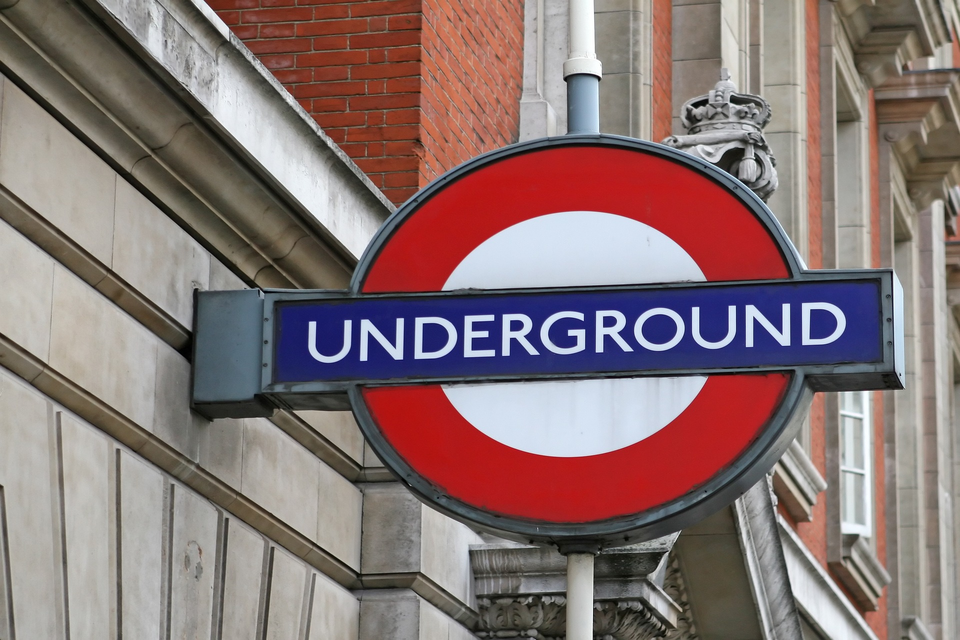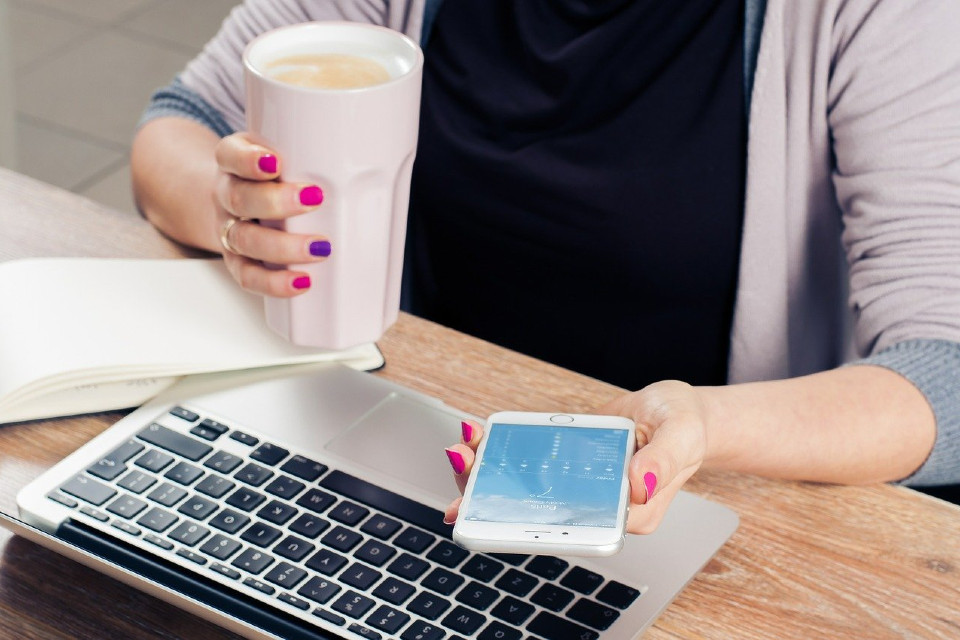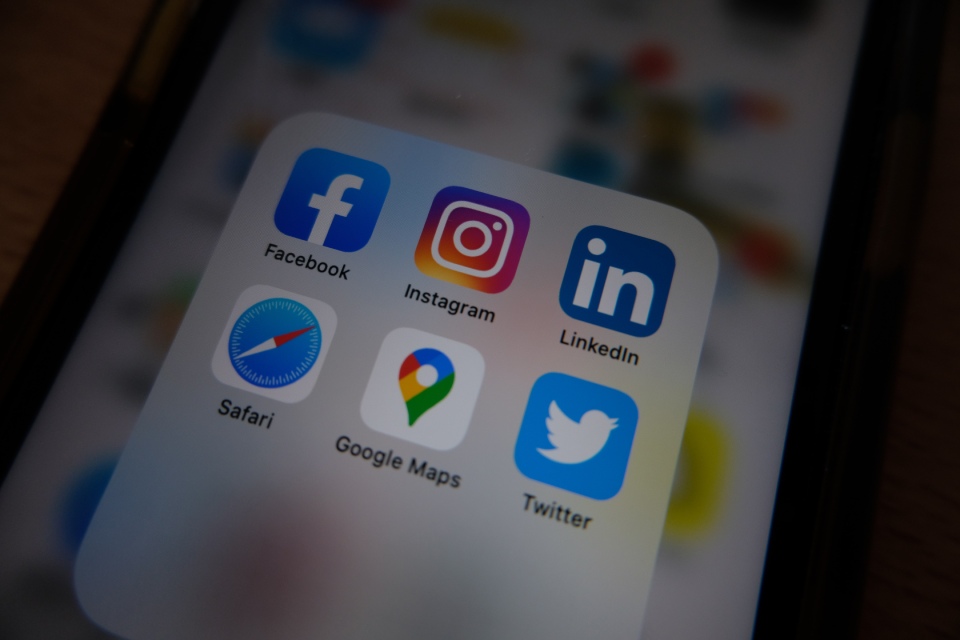Based on the average commuting cost per person of £118 per month, if Londoners continue to work from home until the end of 2021 they’ll have made a saving of £2478 since March.
As more employers switch to remote working in this time of uncertainty, if commuters were to continue to work from home for the next 30 years this would amount to an incredible £43k saved.
The report by Go Compare, analysed government transport data to find the safest forms of travel that the UK are choosing to use during the Coronavirus pandemic. Cycling has become the most popular form of transport by a landslide, with bike commuters increasing by 45% in the last six months.
It was also revealed that the London Underground has seen one of the biggest losses of passengers and revenue as the number of commuters drops by 67%.
The most popular modes of transport during the Coronavirus pandemic
The London Underground is one of the worst-hit modes of transport in the UK, with only 21% travelling on the tube – a drop from 88%.
Cycling is now the most popular way to commute, as it’s the only form of transport to experience an increase during the last six months. Prior to the pandemic, 106% were commuting by bike in the UK, this has increased to an average 151% as more residents in the UK began to return physically to work – and choose cycling as the safest option for them.
Trains and buses have seen a huge decrease in use as the government tries to reduce the number of people travelling around the country. Commuting on the train has dropped from a massive 80% to just 24% and commuting by bus has dropped from 104% to 29%.
The use of cars across the UK has also seen a decrease despite it being one of the most popular forms of transport for the last six months.
A closer look at commuting in the UK
In the height of Covid-19 those using their cars dropped to as low as 22%, with most of the UK stopping completely from as early as the 17th of March, five days before lockdown was officially put in place. Since the initial drop, the rate of drivers using their cars slowly increased and now it’s almost back to pre-corona numbers.
It’s no surprise there has been a loss of faith in public transport over the past few months as residents across the UK take extra measures to limit their travel. Figures in April for the tube and train dropped to as low as 5%. The UK was starting to move more on public transport in recent months, but capacity is still lower than half for both these forms of transport.
According to National Rail, trains were 96% empty between the 24th of April and the 5th of May, with government advice suggesting that we limited travel unless for essential reasons. By the 23rd of June, when lockdown was initially eased, only 15% of travellers were using trains, suggesting people still felt more comfortable in the bubble of their cars – 74% of people were back driving.
Another mode of transport to take a hit during April was busses. Only 11% of people felt comfortable using them in the first full month of lockdown, and although that number has risen since, it still only sat at 55% in September. Transport that requires you to be in close proximity to other people has understandably been avoided by many, and it could be some time before we see figures go back up.
Speaking on the results, Mark Greening from Go Compare, said: “It’s interesting to see the fluctuation between public and personal transport being made by UK residents as we navigate through the Coronavirus pandemic. With ever changing guidelines and an uncertain future, UK residents definitely appear to feel safer in minimum capacity travel such as cars and cycling.
The London Underground has seen the biggest drop in use, and although use of the bus had just started to pick-up in recent months, this is beginning to downturn again, which will result in more cars on the road. It’s hard to judge how this will impact UK travel in the future, and when people will feel confident again in public transport.”
Image by Shutterbug75 from Pixabay









